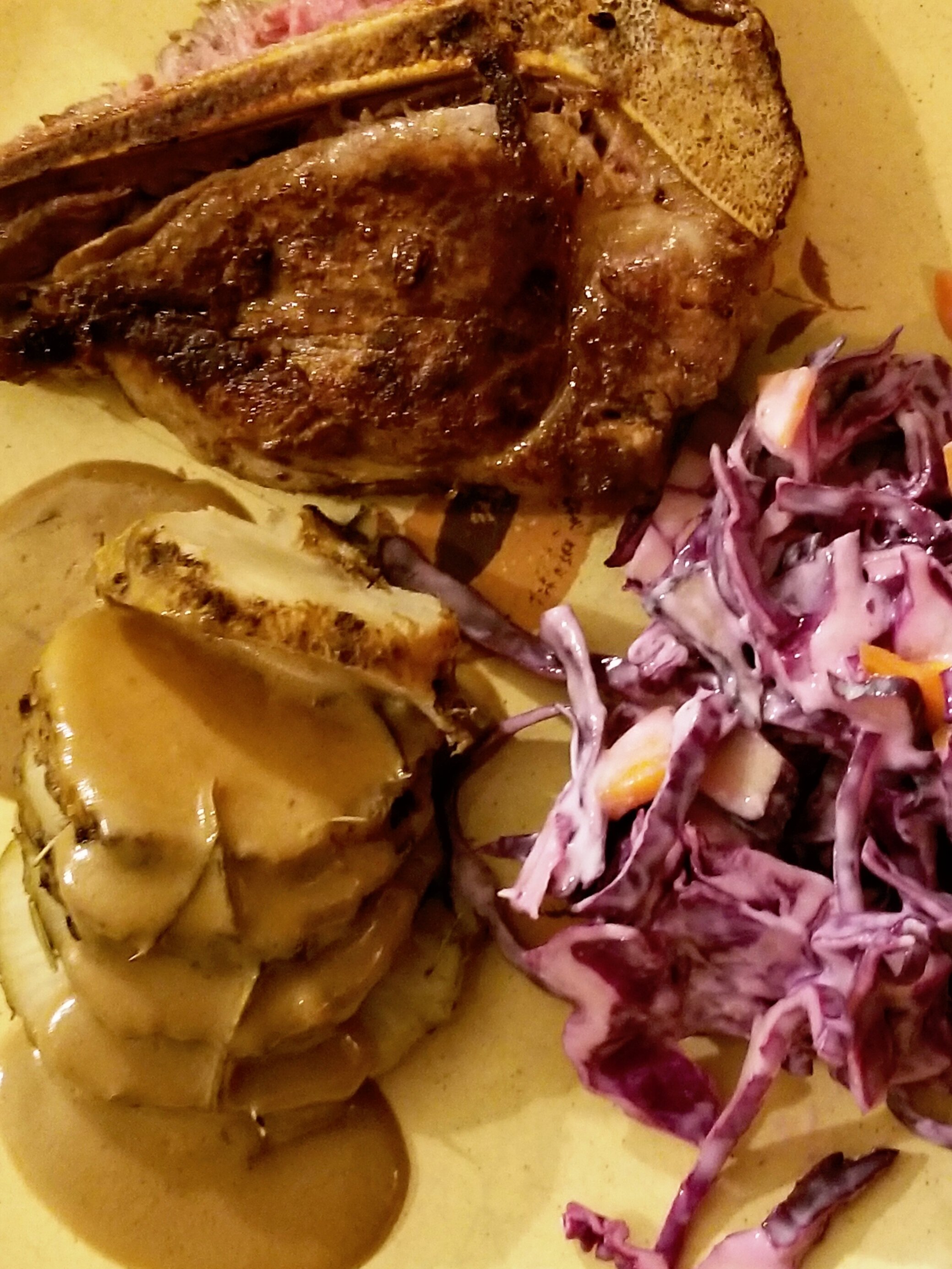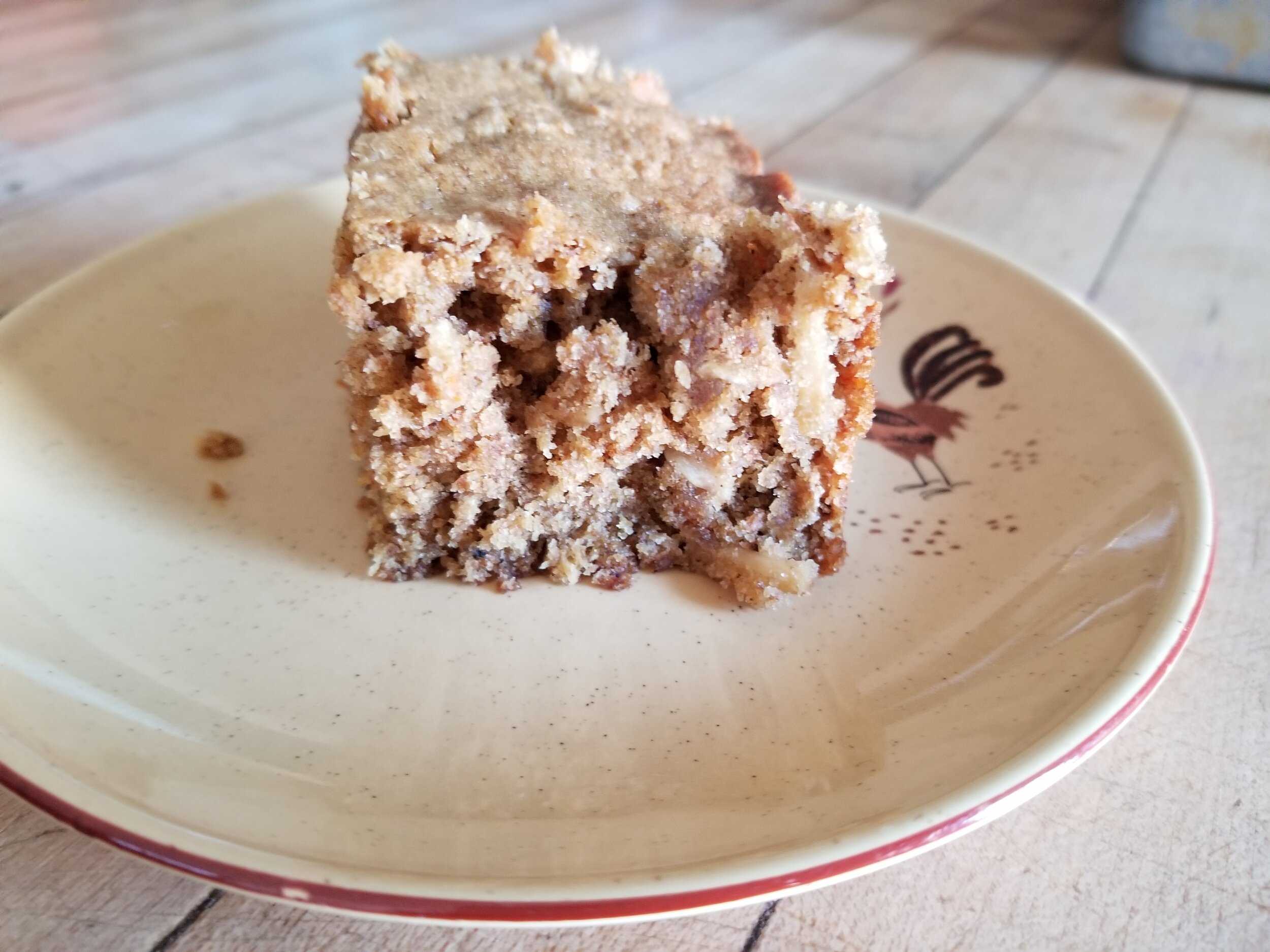This share includes:
2 pounds ground beef
4 chicken thighs
4 chicken drumsticks
2 pounds Italian sausage, hot or sweet
Only 1 more share!
3/25 for Wednesday pick-up
3/28 for Saturday at-market pick-up
OLIVE OIL ROASTED CHICKEN WITH CARAMELIZED CARROTS - from The New York Times
2 pounds legs, thighs, or a combination
Kosher salt and black pepper
1 bunch small, thin carrots
2 heads garlic, left unpeeled and halved crosswise to expose the cloves
1 lemon, thinly sliced, seeds removed
4 sprigs fresh oregano (or 1 tablespoon dried)
1 cup olive oil
1.Heat oven to 325*F. Season chicken with salt and pepper. 2. If your carrots are small or thin, cut them lengthwise so they are thinner. 3. Arrange the chicken in a large shallow baking dish or shallow braising pot - about 3 quarts - so that the legs are snug and lying flat. Scatter garlic head halves, carros, lemon slices, and oregano sprigs among the chicken pieces, nestling everything in there. Pour the olive oil over the chicken and vegetables (yes, you’re using all that oil! Don’t worry, it can be repurposed!) Season again with salt and pepper. 4. Place in the oven, uncovered, and roast until the chicken is so tender it nearly falls off the bone and the carrots and lemons are nicely caramelized, 55 to 65 minutes. 5. Remove from the oven and let cool slightly. Serve. Reserve the leftover schmaltzy olive oil for another purpose - strain it into an airtight container and keep in the fridge. Good for making salad croutons or roasting veggies.
________________________________________________________
ZACK’S FAVORITE BISCUITS AND GRAVY - use your own favorite biscuits for this recipe. If you’ve never had this hearty breakfast food, he’d say you’re really missing out.
1 lb spicy Italian sausage
4 cups milk
¼ cup flour
While your biscuits are baking, brown the sausage in a large skillet. While it browns, whisk together the flour and milk until there are no lumps. Once the sausage is browned, mix in the milk/flour mixture. Stir regularly until the mixture starts to simmer, then turn down the heat and keep stirring until the gravy thickens up. It will thicken a little more after you turn it off and let it sit about 5 minutes. Cut a biscuit in half, lay the halves on a plate, and then top with gravy. Enjoy with a cup of hot coffee!
GREEK MEATBALLS WITH TZATZIKI SAUCE
1 pound lean ground beef
1/4 cup panko breadcrumbs or gluten-free breadcrumbs
1/4 cup chopped fresh leaf parsley
3 tablespoons grated onion
1 clove garlic, grated
Zest of a lemon
2 tablespoons fresh lemon juice
1 egg
1 teaspoon dried oregano
1/2 teaspoon ground coriander
1/2 teaspoon ground cumin
1/4 teaspoon ground cinnamon
Kosher salt and fresh ground black pepper to taste
2 ounces feta cheese, cubed or crumbled
TZATZIKI
1 cup shredded cucumber
1 1/2 cups plain non-fat Greek yogurt
Juice of half a lemon
1 tablespoon chopped fresh dill
1/2 teaspoon grated garlic or 1/4 teaspoon granulated garlic
Kosher salt and fresh ground black pepper to taste
Preheat oven to 450 degrees. Line a baking sheet with foil and spray it with cooking spray. In a large bowl whisk together the panko, parsley, grated onion, garlic, lemon zest and juice, egg, spices, salt and pepper. If you aren't planning to stuff the meatballs with a cube of feta add the feta crumbles to the mixture. Add the ground beef to the mixture and combine with your hands being careful not to over-work the meat mixture. Form approximately 1 tablespoon sized meatballs. If you are stuffing the meatballs with feta, stuff a small cube of feta into the center of each meatball making sure it is completely covered. Place the meatballs on the prepared baking sheet, spray the tops with cooking spray, then place the baking sheet on the center rack of the oven and bake for approximately 12-15 minutes or until golden brown. Make the tzatziki sauce while the meatballs are baking. Remove the meatballs from the oven and serve with the tzatziki sauce. TZATZIKI SAUCE: Combine all of the ingredient in a medium sized bowl, whisking or stirring together until combined.










